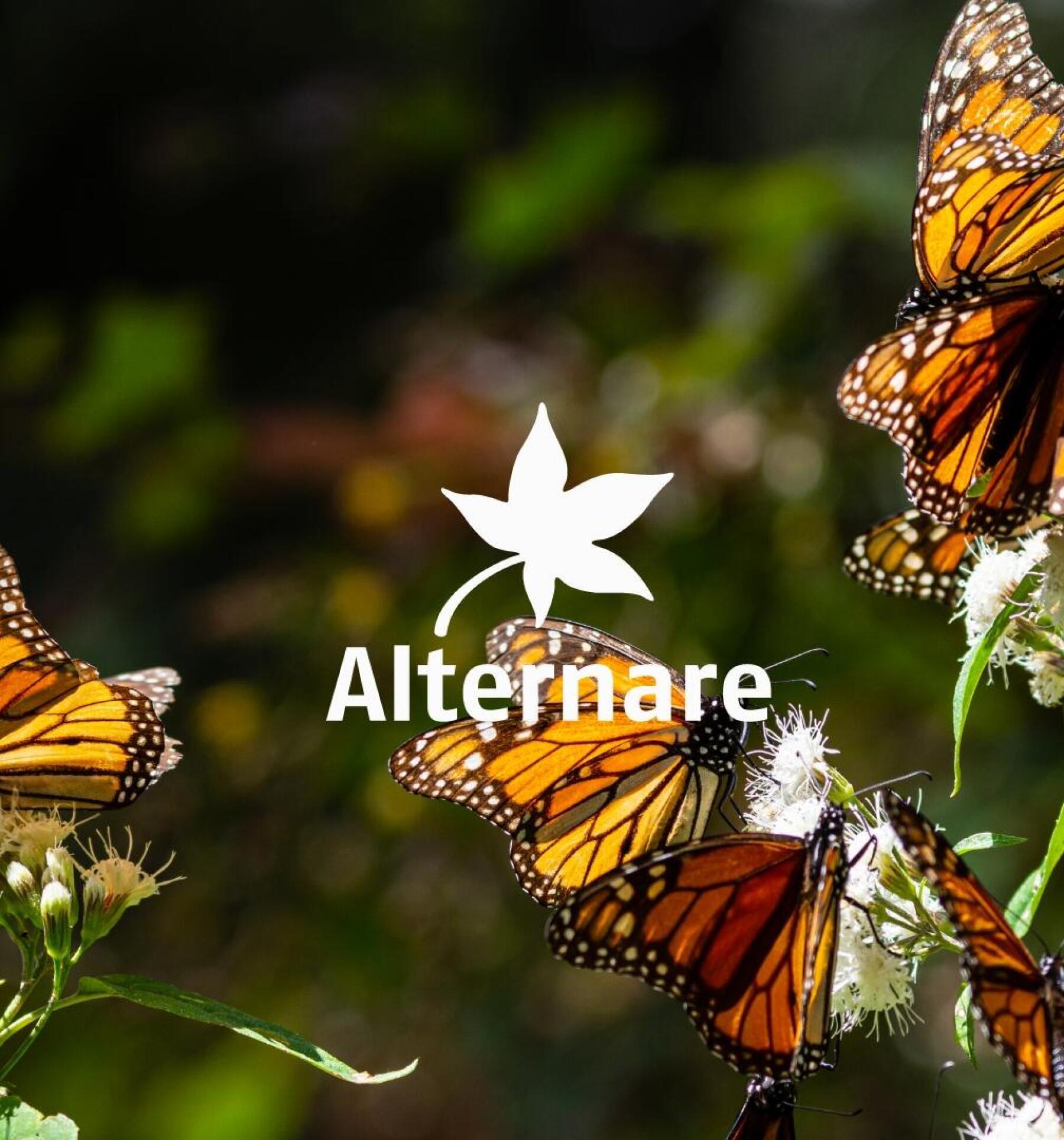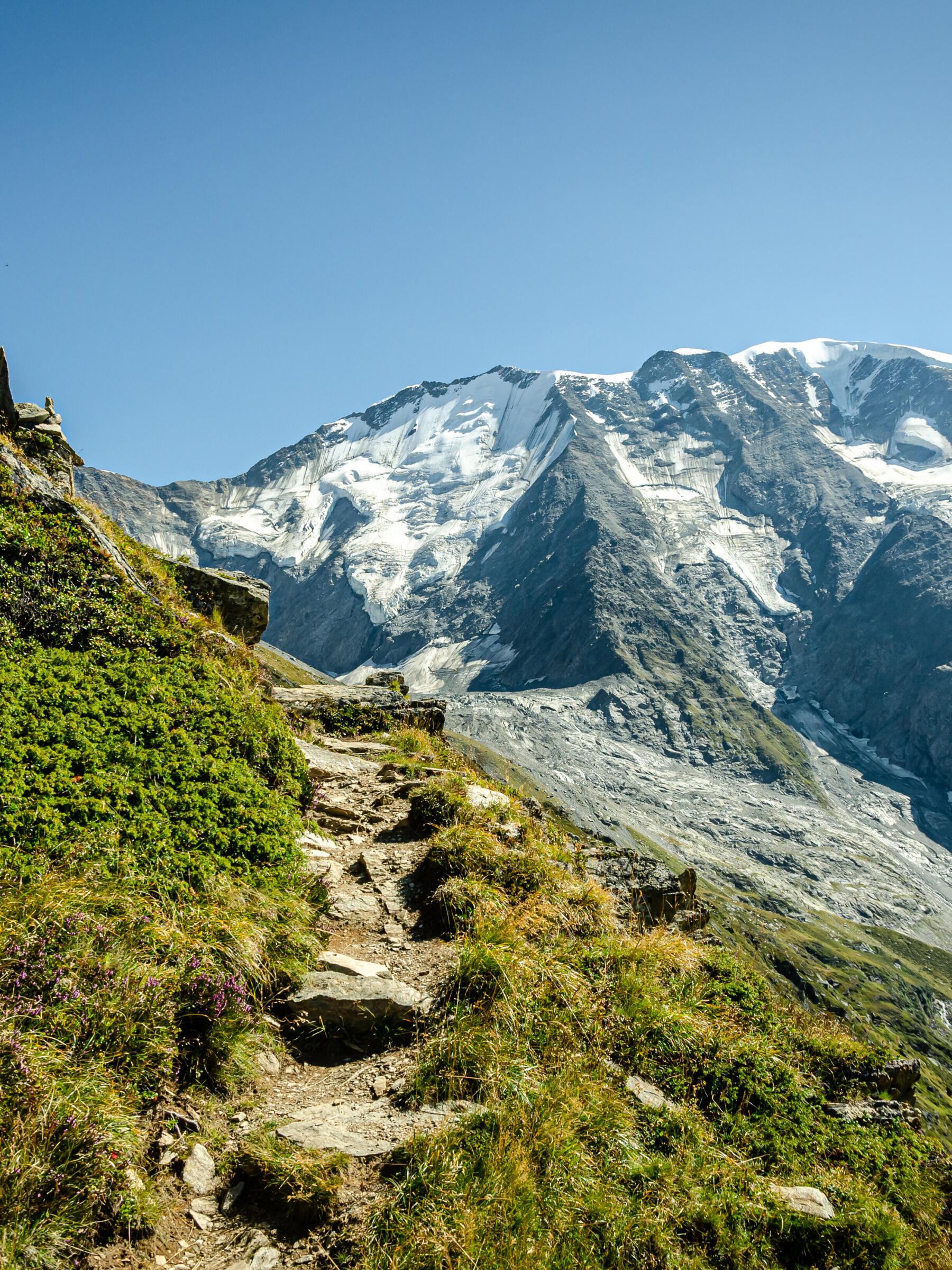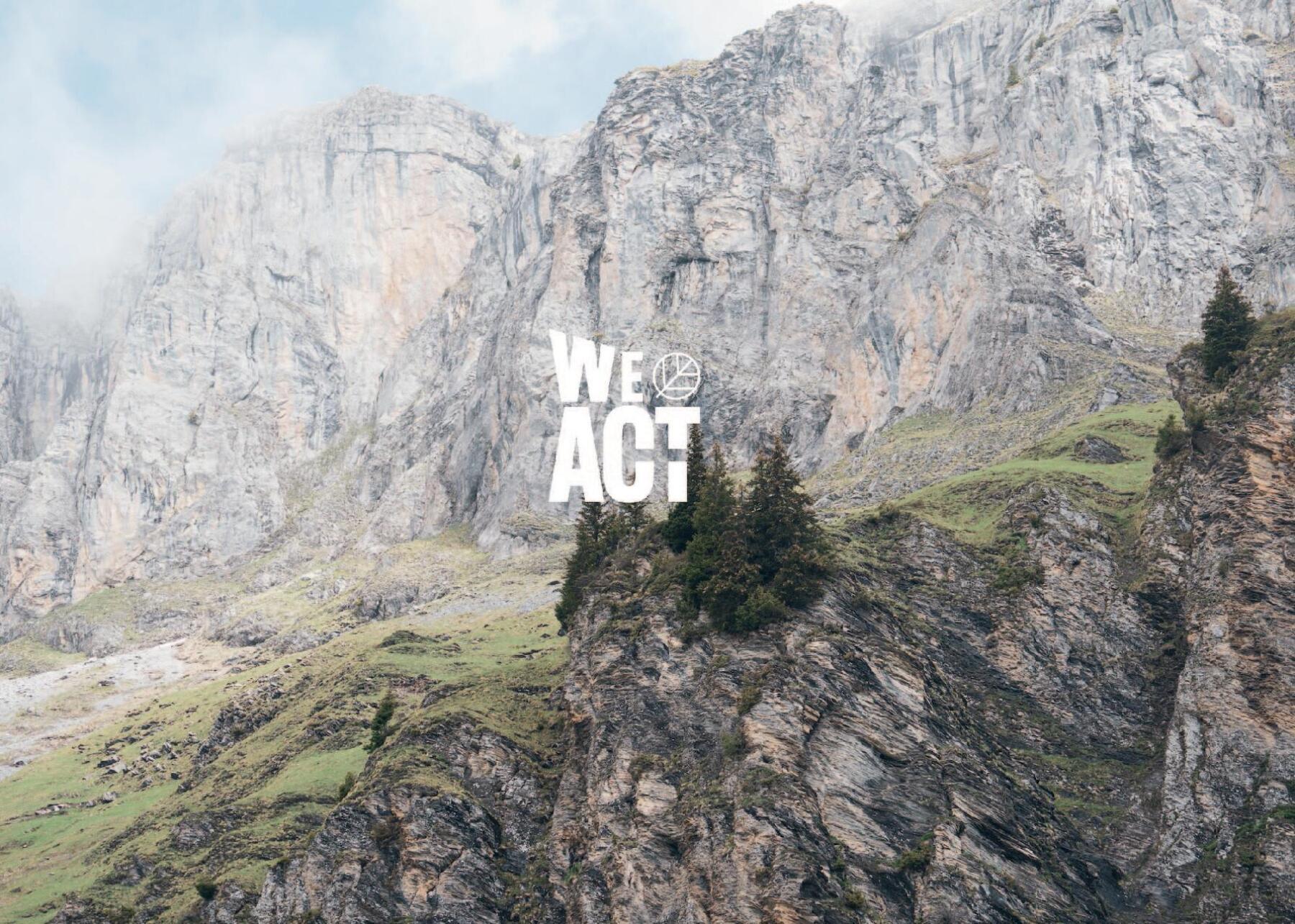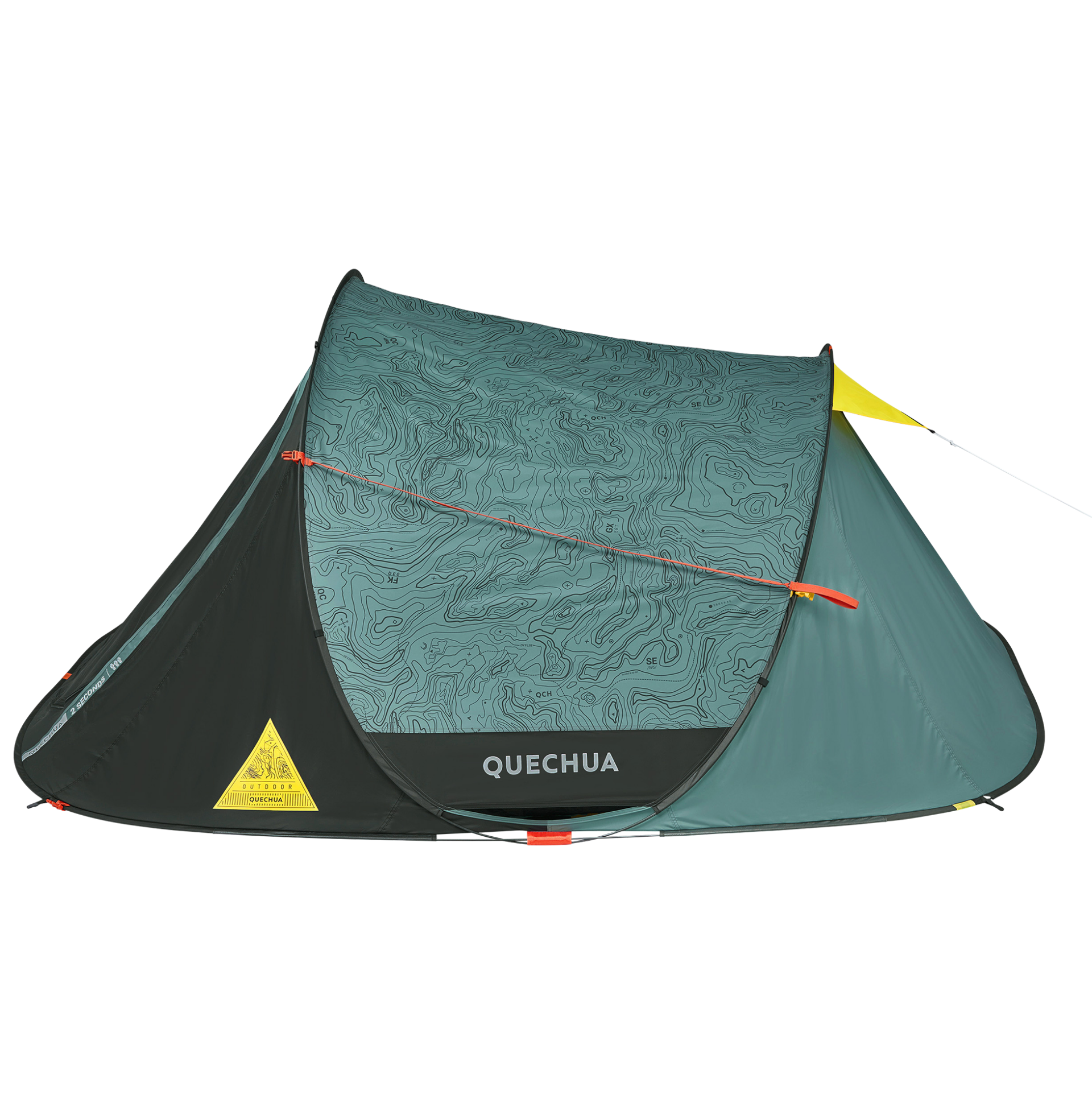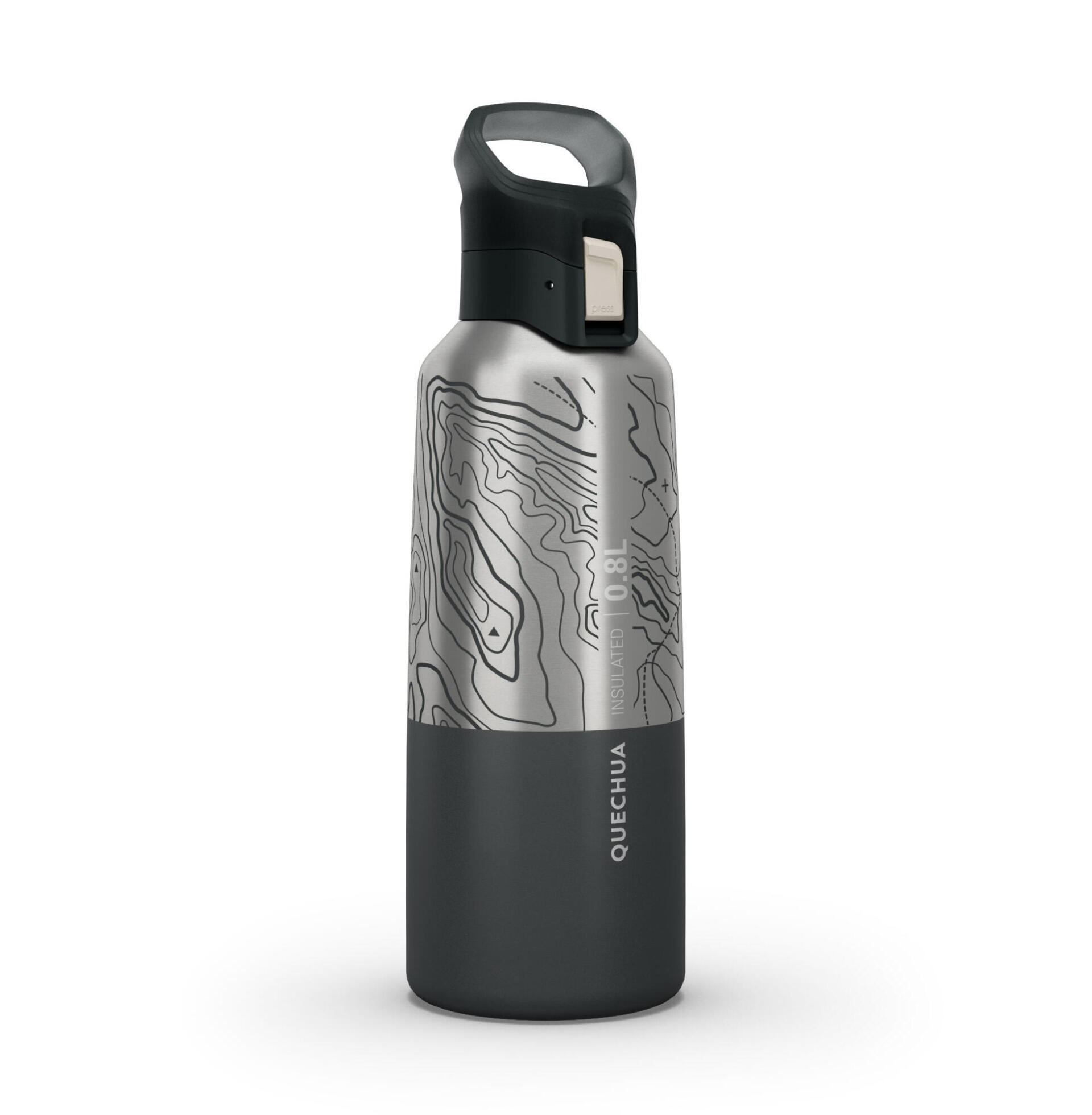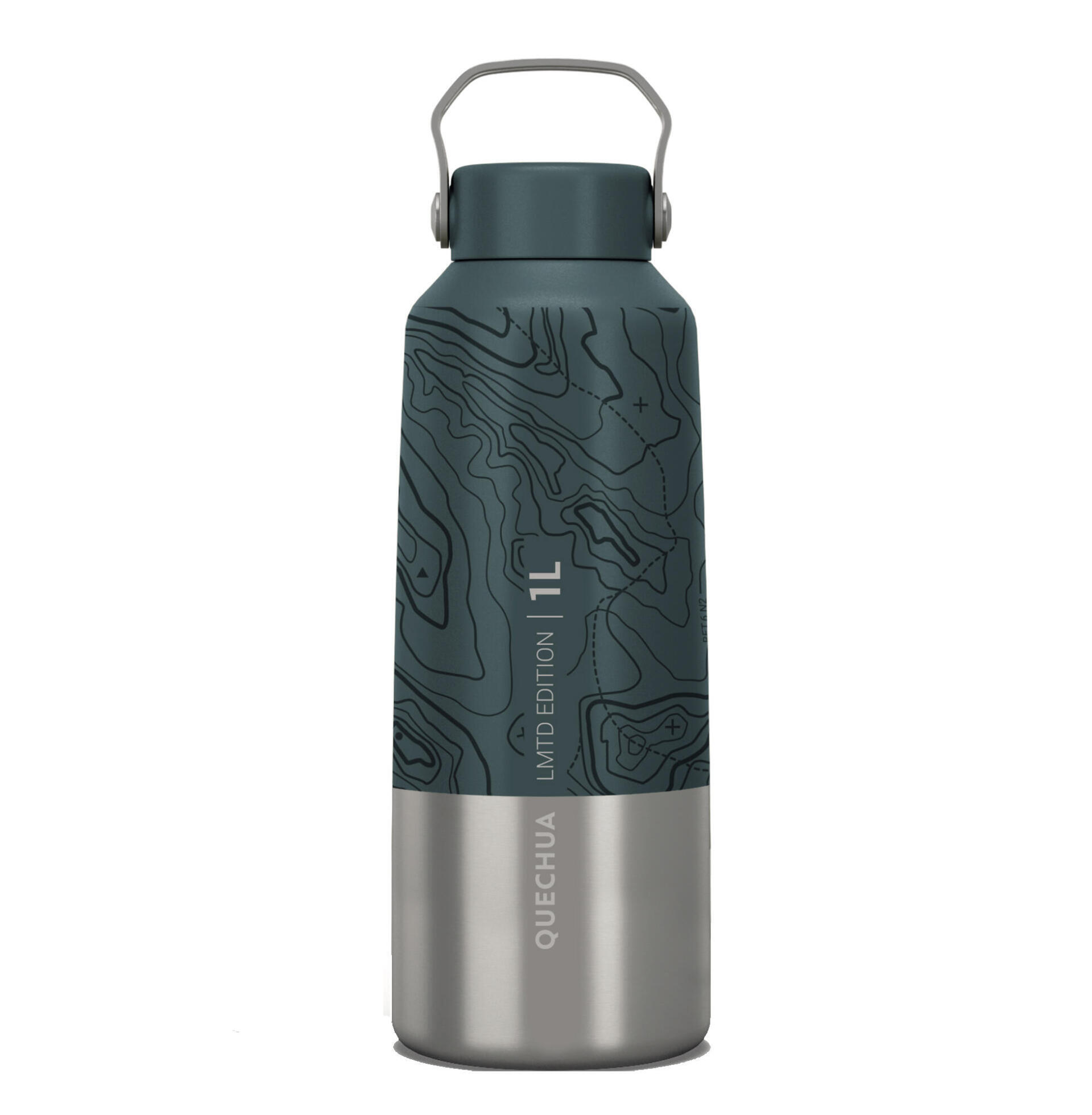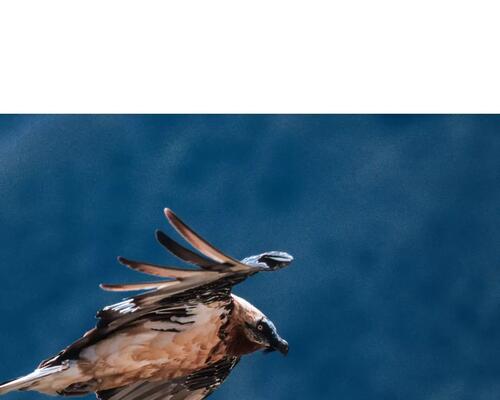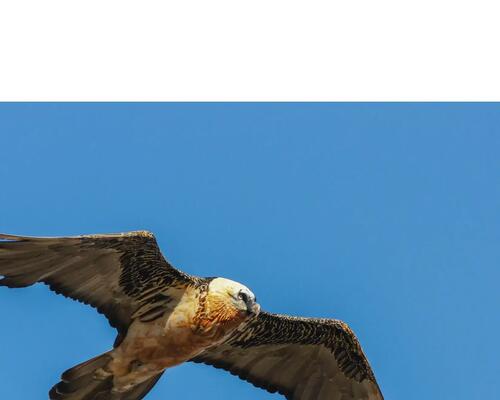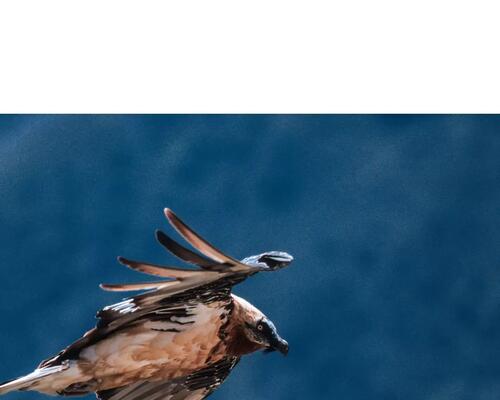The foundation of the university of Grenoble - France
The Foundation of the University of Grenoble initiates meetings between committed pioneers and explorers.
Led by Samuel Vergès, Inserm researcher and physiologist, the Mountain Altitude Health Research Chair conducts research on the impact of life in the mountains (high and medium altitude) on our health.
Studying the reactions of the human body exposed to the mountains and activities associated with them (housing, leisure, work, etc.) is particularly important to us to improve our knowledge of our mountain environment.
Here are their 3 main lines of research :
- adaptations and mal-adaptations of the human body related to altitude
- outdoor mountain sports practices
- hypoxia as a means of improving health and performance.
The projects we’re carrying out with them?
- Expedition 5300 :
Rare populations that have been geographically and genetically isolated for several generations offer a unique testing ground for human adaptation. That’s why the team launched the Expedition 5300 project, a scientific and humanitarian programme in the highest town in the world, La Rinconada, in Peru.
- Exalt : The centre for expertise on altitude aims to support mountain medicine, research, training, information and prevention in connection with the practices and issues of the mountains, altitude and hypoxia.


